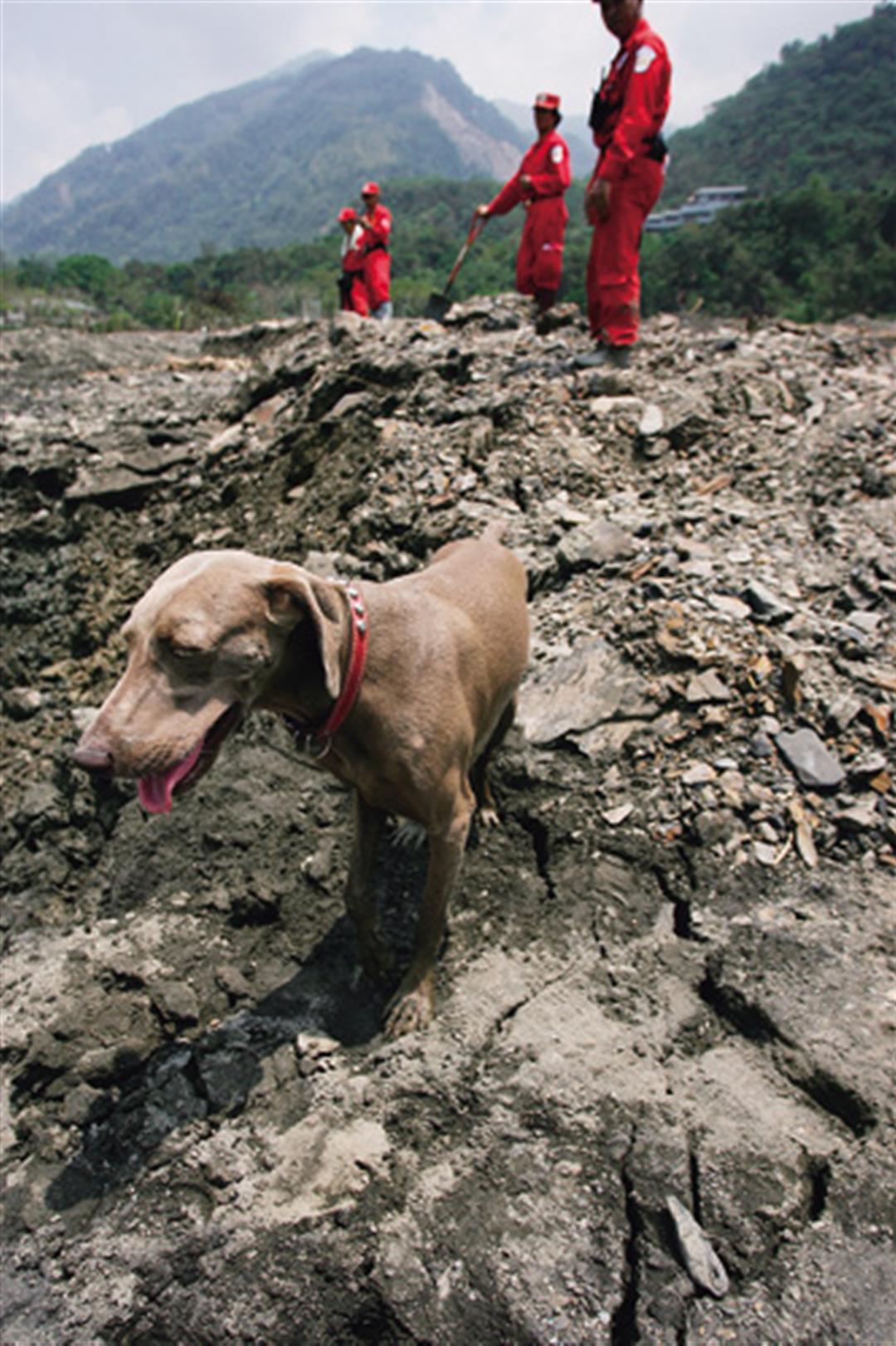Change 3: Legislative movement on land planning
In the wake of Morakot and the accompanying floods, many scholars have noted that in protecting against flood waters, rehabilitating mountainside forests is crucial, particularly given Taiwan's well-known susceptibility to earthquakes and typhoons, and mountains accounting for over half of its area. As the island-shaking 921 earthquake showed, this makes Taiwan particularly ecologically fragile.
In fact, in 2002 the Ministry of the Interior put forward a draft bill concerning state land planning, proposing comprehensive means to address water, soil, and forestry concerns. Unfortunately, this bill has yet to pass the legislature.
In 2005, the Council for Economic Planning and Development also put forward a draft regulation on state land rehabilitation, which would have made mountain areas over 1500 m above sea level core conservation areas. This has, however, been stuck in the legislature for four years now, with the sticking points including the usage of mountain land, compensation for farmers who would have to move, and resettling Aboriginal residents.
Without the support of law, it is difficult to do anything. Taiwan's environmental monitoring systems are actually quite solid, and experts have very clear research on which areas are at high risk and which need warnings. However, research is research and urban planning is urban planning, and there is a lack in coordination between the two, resulting in, for example, petrochemical facilities located in areas where their high demand for water may exhaust supplies, while other places in desperate need of water are left resorting to overdrawing underground water sources or have much of their surrounding farmland turned into building sites. Such lack of coordination has contributed to increased occurrences of urban flooding.
More importantly, the way a nation plans out its land use is representative of how it sees its future, and achieving that future should involve consensus and clarity on how best to use the nation's resources.
For example, to achieve its transformation from a nation reliant on proxy manufacturing, Taiwan has worked to develop its leisure and tourism industry. Such moves seem to present a brighter future, with people rushing to mountainside bed-and-breakfasts and hot springs. However, did anyone think what the impact on the mountains and forests themselves would be? Could the people's love of the mountains ultimately be to the detriment of the mountains? If the mountains are pushed beyond their limits of tolerance, who should shoulder the responsibility for what happens?
Additionally, some of the heaviest-hit areas this time-including Taimali and Zhiben in Taitung and Kaohsiung's Liugui Township-are situated on alluvial fans where the rivers flow out into the plains, making them especially susceptible to such disasters. And while the world was astonished by the sight of the King Shai Hotel collapsing into the waters, it was in fact built on the bank of a river that has long been eroding that bank, having already claimed 12 houses 37 years ago when Typhoon Nora hit.
None of these, though, resulted in local government learning its lesson, instead continuing to grant building permits. Now the management of the King Shai Hotel are threatening to seek damages from the state. But can taxpayers really be expected to shoulder that burden when those behind the hotel knowingly built on at-risk land?
Additionally, some academics have noted that while the growth in mountain agriculture in recent years has produced excellent vegetables, oolong tea, pears, and peaches, it has also led to the plains lying fallow as farming moves uphill. And as the government has promoted this and consumers have taken to the products enthusiastically, who has looked at the price being paid by the community in terms of water conservation, land protection, and road repairs?
Looking to the future, is this mountain agriculture something Taiwan can continue to support? Is it something to be proud of, or is it a disaster waiting to happen? And if farmers choose to remain in the mountains, should they take responsibility for risk management? Everyone concerned should give this urgent consideration, establish a framework for the future, and give the people guidelines to follow.

Xinkai tribal village, in Kaohsiung County' Liugui Township, was buried under three storeys of rock and mud, making finding survivors or bodies an almost impossible task.